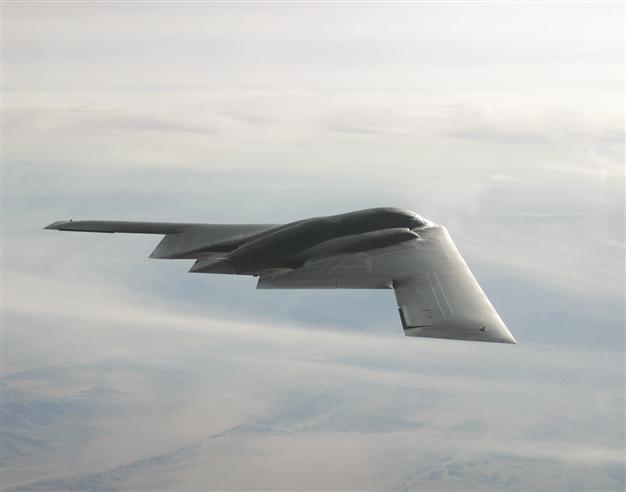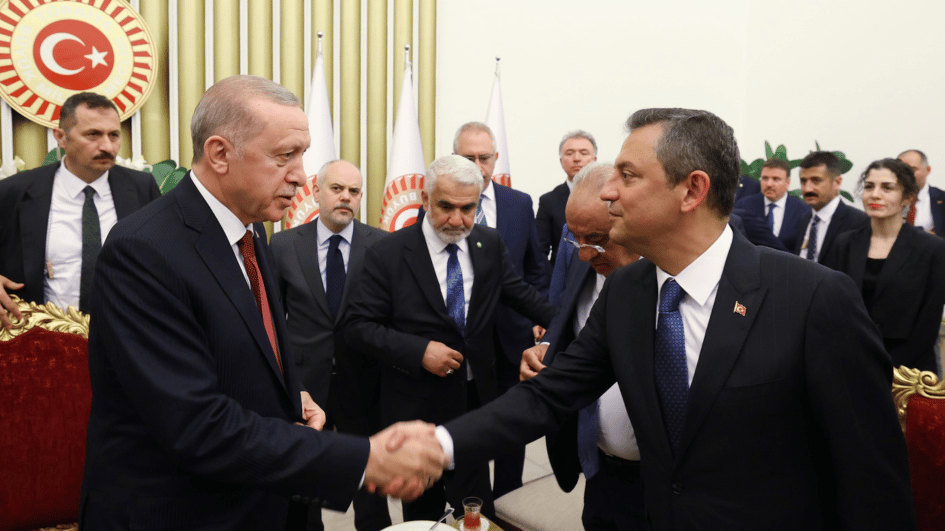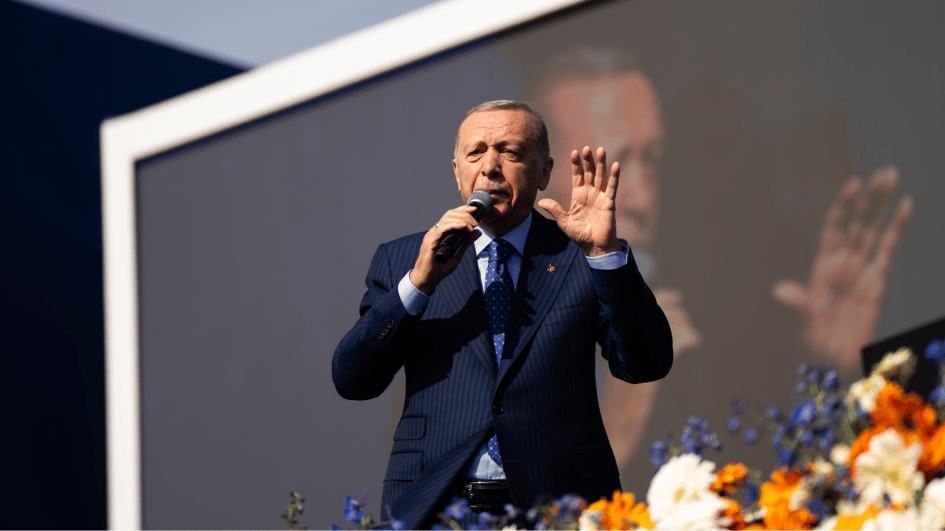‘Autonomous’ robots to replace US drones
WASHINGTON - Agence France-Presse

This photo taken from the US Air Force website shows a drone on a test mission. The US is expected to replace its drones with a new wave of autonomous robots.
The U.S. military’s current fleet of drones will soon be overtaken by a new wave of robots that will be faster, stealthier and smarter, operating virtually without human intervention, experts say.The Pentagon is investing heavily in “autonomy” for robotic weapons, with researchers anticipating squadrons of drones in the air, land or sea that would work in tandem with manned machines, often with a minimum of supervision.
Unmanned aircraft are now overseen by “pilots” on the ground but as the drones become more sophisticated, the role of remote operators will be more hands-off. Instead of being “in the loop,” humans will be “on the loop,” said Maybury, explaining that operators will be able to “dial in” when needed to give a drone direction for a specific task.
“Before they were blind, deaf and dumb. Now we’re beginning to make them to see, hear and sense,” said Mark Maybury, chief scientist for the U.S. Air Force. Despite the dramatic advances in technology, the American military insists humans will remain in control when it comes to using lethal force. But the next generation of increasingly capable drones will stretch man’s capacity to control robots in battle, generating unprecedented moral and legal quandaries.
‘Evolutionary arc’
The new technology has turned the US Air Force’s doctrine upside down. For decades, the military trained pilots to face an enemy “alone and unafraid,” flying deep into hostile territory to strike at a target and then return home. Now the Air Force is planning for scenarios in which different tasks would be divided up among manned and unmanned “systems,” with drones jamming enemy air defenses, tracking targets and assessing bomb damage, while piloted warplanes oversee the launching of bombs and missiles.
“We’re moving into more and more autonomous systems. That’s an evolutionary arc,” said Peter Singer, an expert on robotic weapons and author of “Wired for War.”
















